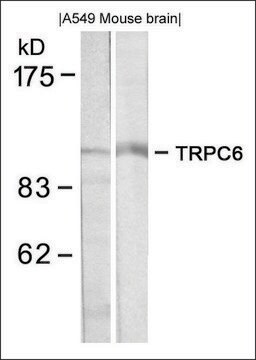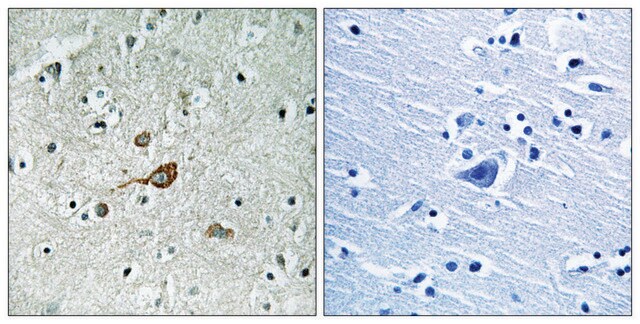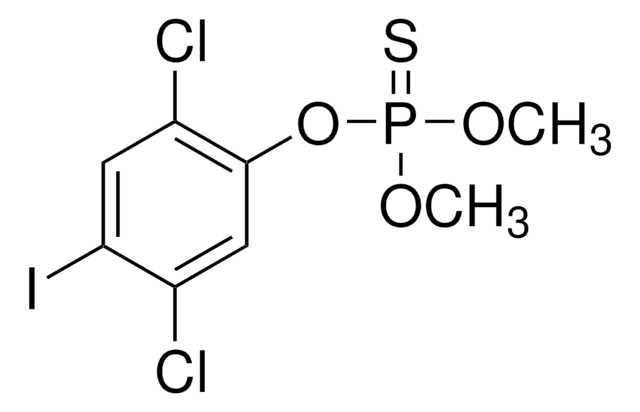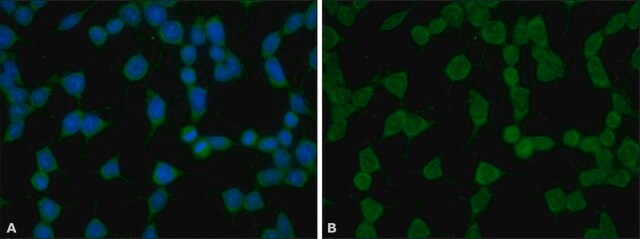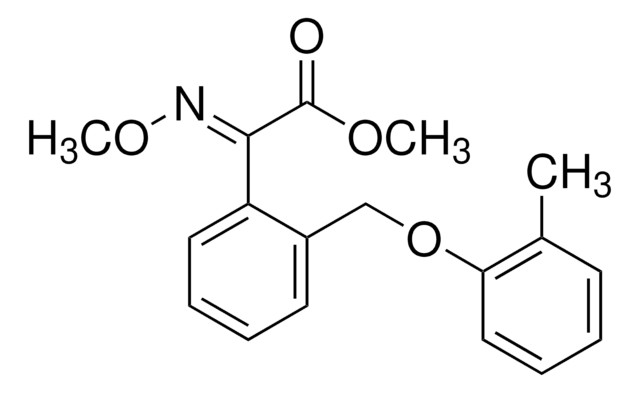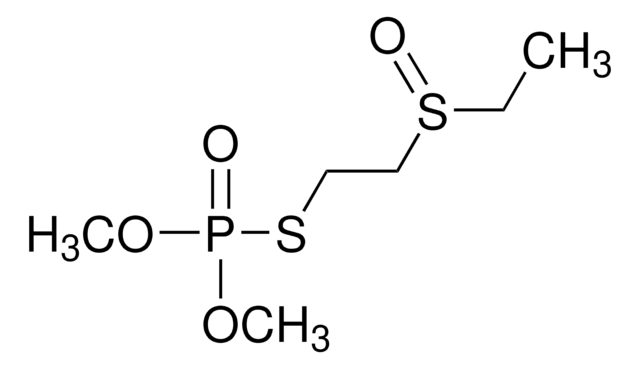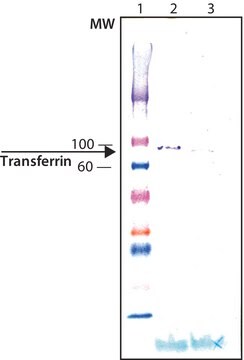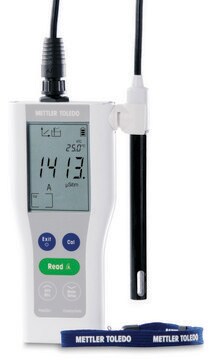A5844
Monoclonal Anti-c-Abl antibody produced in mouse
clone ABL-148, ascites fluid
Synonym(s):
Anti-ABL, Anti-BCR-ABL, Anti-CHDSKM, Anti-JTK7, Anti-bcr/abl, Anti-c-ABL, Anti-c-ABL1, Anti-p150, Anti-v-abl
About This Item
Recommended Products
biological source
mouse
Quality Level
conjugate
unconjugated
antibody form
ascites fluid
antibody product type
primary antibodies
clone
ABL-148, monoclonal
mol wt
antigen 145 kDa
species reactivity
monkey, rat, human, mouse, bovine
technique(s)
flow cytometry: suitable
immunocytochemistry: suitable
immunoprecipitation (IP): suitable
microarray: suitable
western blot: 1:2,000 using human melanoma cell extract
isotype
IgG2a
UniProt accession no.
shipped in
dry ice
storage temp.
−20°C
target post-translational modification
unmodified
Gene Information
human ... ABL1(25)
mouse ... Abl1(11350)
rat ... Abl1(311860)
Related Categories
General description
Specificity
Immunogen
Application
Biochem/physiol Actions
Target description
Disclaimer
Not finding the right product?
Try our Product Selector Tool.
Storage Class Code
10 - Combustible liquids
WGK
nwg
Flash Point(F)
Not applicable
Flash Point(C)
Not applicable
Certificates of Analysis (COA)
Search for Certificates of Analysis (COA) by entering the products Lot/Batch Number. Lot and Batch Numbers can be found on a product’s label following the words ‘Lot’ or ‘Batch’.
Already Own This Product?
Find documentation for the products that you have recently purchased in the Document Library.
Articles
Quantitative and qualitative western blotting to validate knockdown by esiRNA. Sigma-Aldrich.com
Our team of scientists has experience in all areas of research including Life Science, Material Science, Chemical Synthesis, Chromatography, Analytical and many others.
Contact Technical Service